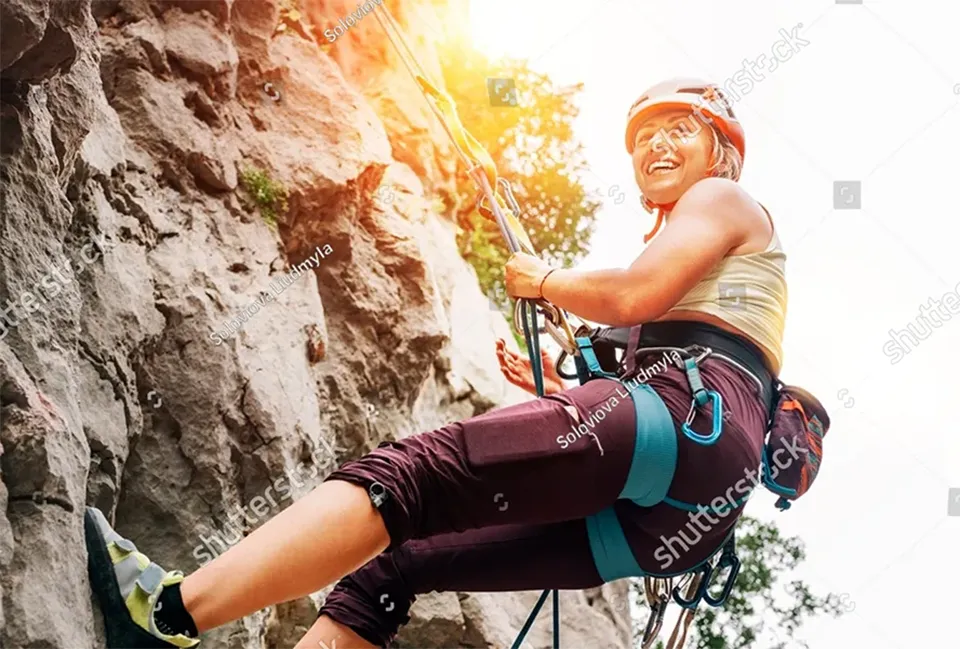This is arthritis of the ball and socket (Glenohumeral) joint of the shoulder. It can be caused by a number of things such as failure of the rotator cuff tendons, loss of blood supply to the ball, long-term instability and injury. In some cases no cause can be identified.

What are the symptoms of shoulder arthritis?
The main symptoms of this condition are pain and stiffness. It can result in difficulties in rotational movements such as reaching behind to grasp things. You may also experience clicking and grinding of the joint. It can make lying on the shoulder painful and may disturb your sleep.
How do you diagnose shoulder arthritis?
Diagnosis is usually made clinically, but is confirmed with plain XRs. CT and or MRI scanning may be performed to assess how severe it is.
The consultation was thorough and very helpful.
SE 2020
How do you treat shoulder arthritis?
There are both operative and non-operative options for the treatment of this condition.
Non operative treatments typically include steroid and local anaesthetic injections in to the shoulder joint or as a nerve block to numb one of the nerves that supplies feeling to the lining of the joint.
Operative options normally involve shoulder replacement surgery. There are two types of shoulder replacement available. They have different indications and the choice of replacement will depend on whether your rotator cuff tendons> are intact.
If your tendons are intact, you may be offered an anatomic total shoulder replacement where the ball and socket are replaced. In effect it will give you a new shoulder.
If your rotator cuff tendons are torn or you have severe bone loss due to the arthritis you may be offered a reverse geometry total shoulder replacement. This is where the joint is ‘reversed’ so that the ball becomes the socket and the socket becomes the ball. This is done to allow other muscles to do the job of the ones that are torn.
Both replacements offer excellent pain relief and function. They can be done as day case procedures but often require an overnight stay. They are performed via an incision in the front of the shoulder under a general anaesthetic.